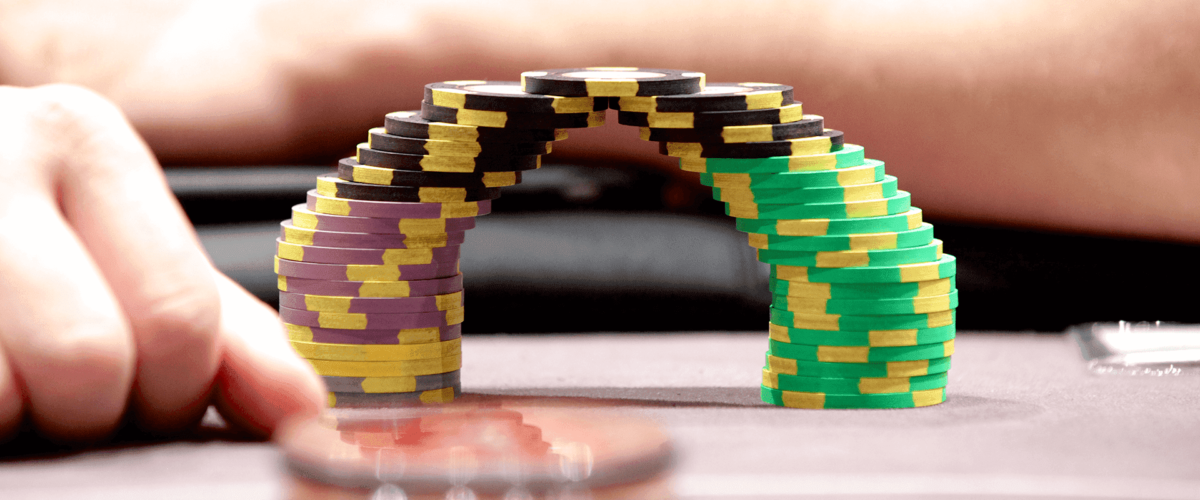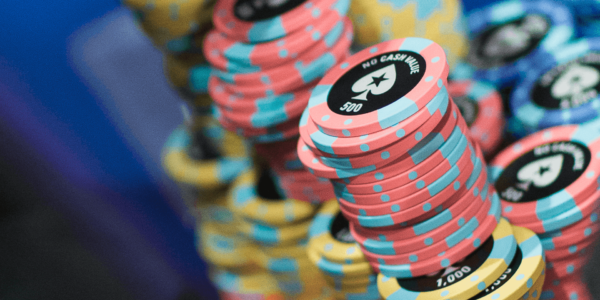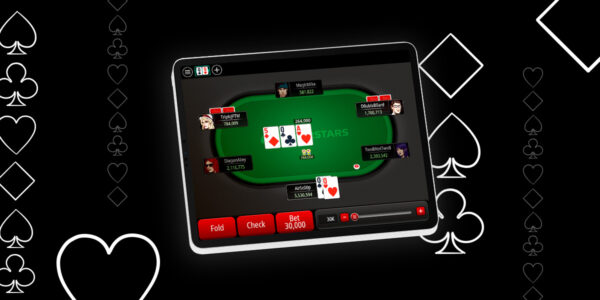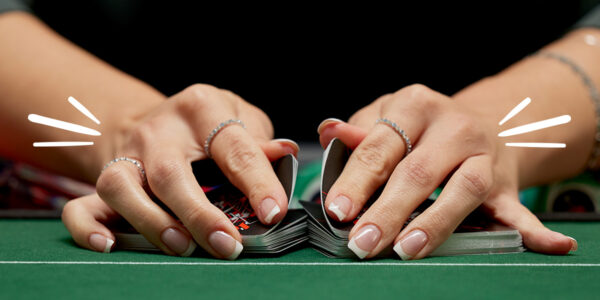HUD Stats – You’re Doing it Wrong!
You’re using your Heads Up Display Wrong!
“Not me!” I already hear you saying. Perhaps not, but there is a really good chance that you are somewhere along the way. I see all the time people misusing stats, making inaccurate reads or assumptions off of their HUD stats, or just plain not understanding them. Here are four of the most common pitfalls I see players making regarding their HUD stats. (Note: where you see numbers displayed as X/Y in the examples below, X=VPIP, voluntarily put chips in the pot, and Y=PFR, preflop raise).
Inadequate Sample Sizes: By far the biggest problem players have is using sample sizes that are too small to be meaningful, and basing decisions off those “reads”. For example, it is commonplace for players to ask for feedback on a hand and provide a read like “Villain was 11/7 over 26 hands, so they are very tight”. Have you ever received 26 hands in a row of poor starting hand quality? So have I. Maybe this player is very tight, or maybe they just had a little run of bad cards and will end up proving to be looser than this. We just don’t know yet.
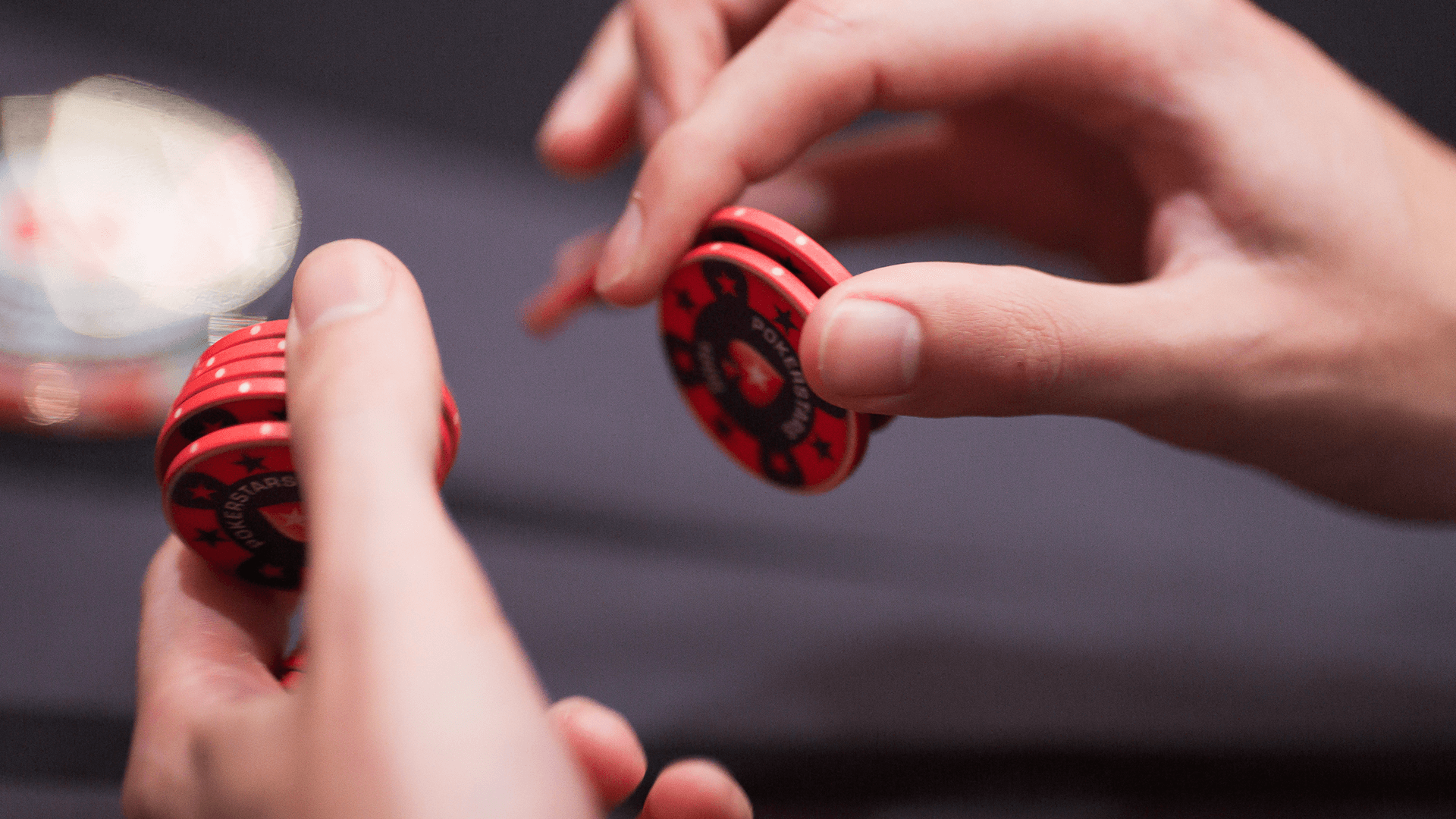
Inadequate Opportunities: This is an extension of the above. Once players get used to the total hands’ count issue, they extend that to smaller opportunity situations as though the sample size is still adequate. For example, someone provides a read as follows: The opponent is 20/16 over 82 hands with a 3B of 17% and a fold to 4B of 0%, so they are out of line with preflop aggression and sticky once they re-raise! What’s wrong with this read? 17% is certainly a very high number for a 3-bet frequency, and a player who never folds to a 4-bet after 3-betting this frequently has some pretty big leaks for sure. The problem really is again inadequate sample size, in our stat specific opportunities. 82 hands may give some meaning to the 20/16 VPIP/PFR (they seem to be playing a Tight/Aggressive strategy, although 82 hands are still small to fully trust this conclusion).
However, we are not talking about those numbers here. Guess what: 4/23 = 17%, and over 82 total hands this may have been all the opportunities they faced. 23 opportunities to 3-bet (times they are facing a raise, and have an option to reraise), is a very small sample size. It’s certainly possible this player does get out of line with their preflop re-raises, but we can’t tell that from the stats provided… maybe they just had QQ+/AK those 4 hands and are actually a conservative 3-bettor. And as for folding to 4-bets being zero… how often when there’s a 3B in any game do you see the player face a 4B? If we are talking about only 4 3B’s here, we are probably talking about zero or 1 opportunity where they faced a 4B. These types of stats are more exotic, in that they occur very infrequently, to begin with. Something like folds to river 3B % is far more exotic than many other stats as an opportunity to do this only occurs when the player has gotten to the river, been bet into, and chosen to raise… and then their opponent re-raises. If you have hundreds of thousands of hands in total on an opponent, you may have enough data points to consider some of these super exotic things that by their sheer nature occur very rarely, but for the most part, players won’t reach any meaningful sample of opportunities.
Incorrect stat application: Like sample size issues, I routinely see people making decisions based on the wrong stats. An extremely common example: The opponent was 32/24/8 (VPIP/PFR/3B) over 891 hands. I raised preflop and they called. I c-bet the XYZ flop and they called. I fired again on the Z turn card, and now they raised me. Given they are loose/aggressive, should I call or reraise them, or maybe even fold? Then someone responds “Against a loose-aggressive opponent we can’t fold, we either have to call or reraise because their range can include a lot of draws and bluffs” etc etc.
The problem here with the read is that it is based completely off of preflop stats. But the question is about a decision on the turn, way beyond the preflop action. While the stats support the notion that the opponent is using a bit of a loose-aggressive strategy, it really doesn’t give us any insight into their post-flop play, which through 891 total hands we should have. What is their post-flop aggression factor? How often do they fold, call, or raise facing a turn c-bet (a double barrel)? How frequently to they get to showdown? Some players that use a more loose-aggressive preflop strategy play more honestly post flop. Some play more passively on all streets as the caller pre and on the flop rather than the aggressor. Some bluff frequently, and some virtually never are bluffing with turn or river raises. We are taking a preflop profile, and making assumptions about post flop play that may or may not be valid.
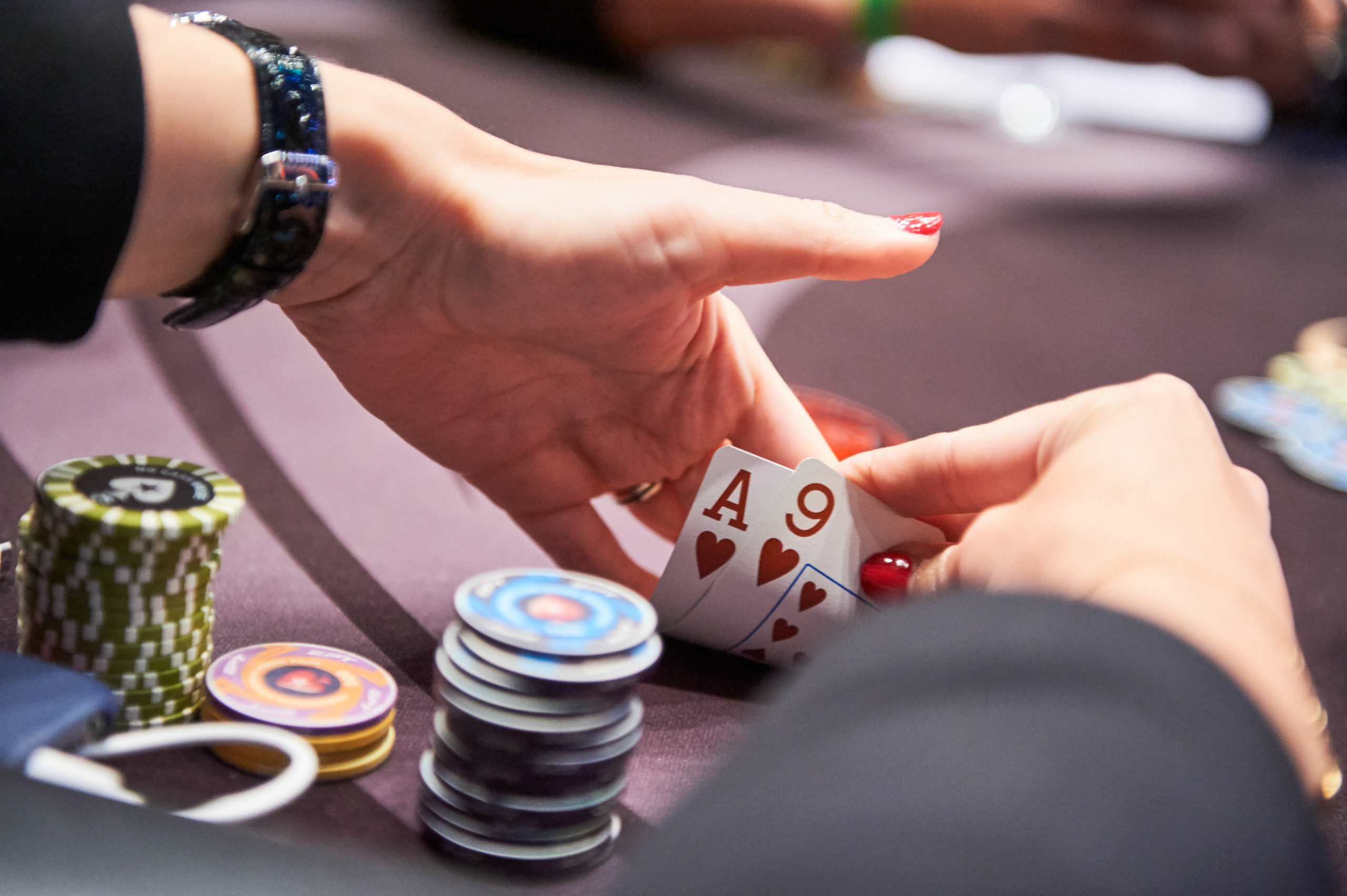
Incorrect context application: Another common pitfall, it’s best to start with the example here. An opponent is playing 13/9 over 786 hands, with a flop c-bet of 83%. They open the button, the SB folds, and we are in the big blind with XY. Should we fold, call, or 3B them? Replies to this scenario will then come in saying things like “since the opponent is a nit, and bets the flop frequently, we should do ABCDEFG. Are you picking up on the obvious problems here? Yes, 13/9 is a very tight, conservative (nitty) preflop strategy. It is, however, the “big picture”, percentages produced overall preflop positions and situations. But the actual spot we are looking at is a microcosm of that big picture… specifically when the opponent is opening first in from the button. Some players widen their opening ranges considerably when it folds to them on the button, and some hardly do so at all. It’s nice to know this player’s general overall strategy or philosophy is to get involved with very tight ranges.
But what about this specific situation, when folded to on the button? We should approach them much differently if their button open numbers are 27/26 (much wider than their overall normal behavior) than we would if their button numbers were 14/12 (not much different at all).
If you chose to use a HUD to aid in your decision making, it’s important to spend some time up front learning what all the stats mean and thinking about how to properly interpret them. Doing so will not only prepare you to utilize them in a game but will also set you well apart from the competition who are misusing their HUD and making poor reads as a result.
Condimentum Nibh
Donec sed odio dui. Cras mattis consectetur purus sit amet fermentum. Vestibulum id ligula porta felis euismod semper. Curabitur blandit tempus porttitor.

